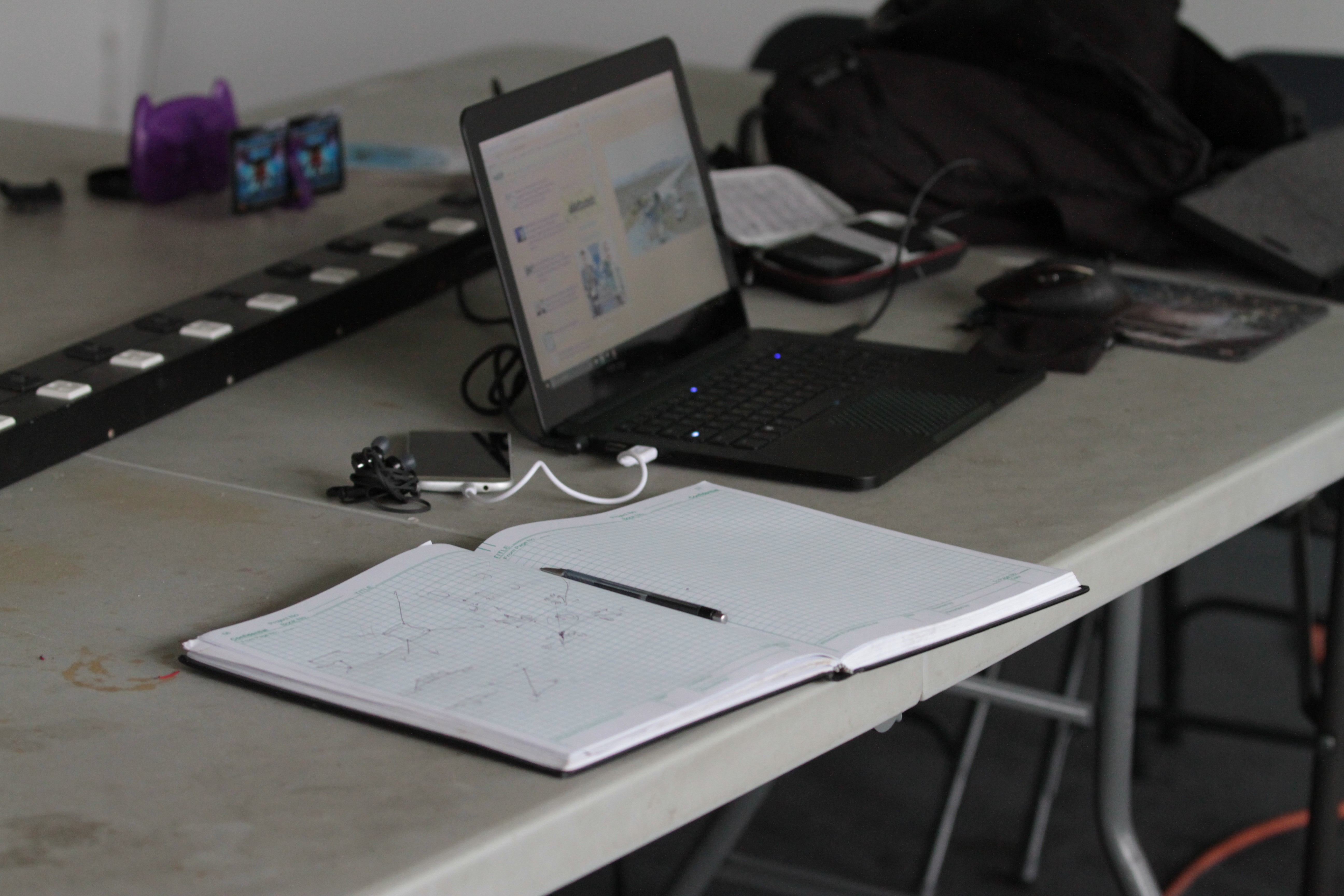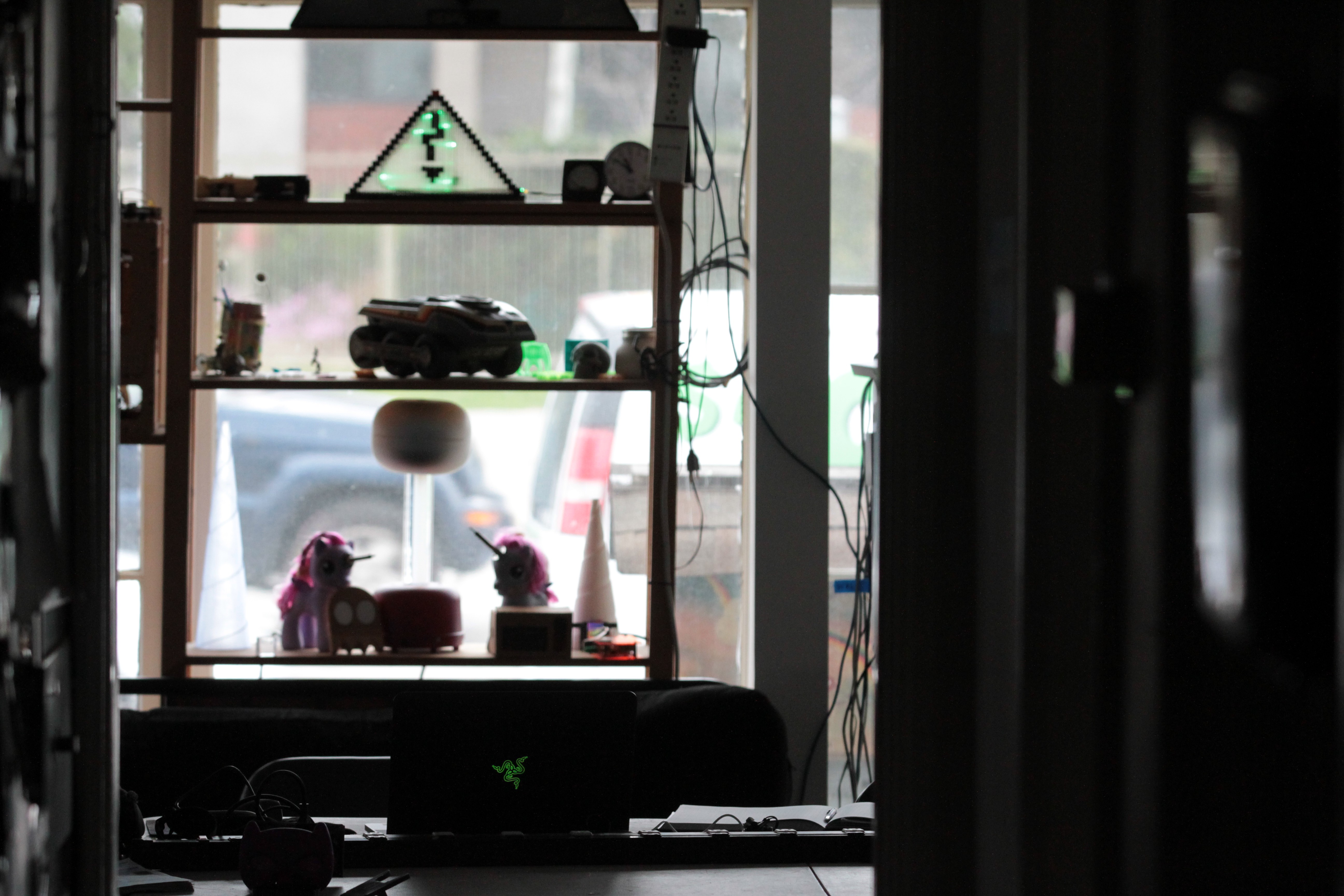-
What's Required.
02/26/2017 at 00:21 • 0 commentsPhase II
Requirements and Metrics
Based on customer needs above I’ve compiled this list of requirements, and the metrics by which to measure them by. I’ve split this into subjective measures and quantifiable ones. Each will influence my concept generation and downselect process.
They are in the format
Need:
Requirement-Metric (Best:Better:ok)
Subjective
Fun
Cool to Watch
Stylish
Quantifiable
Capable of Rendering Drawings:
Can print vector format - yes/no
Can operate from computer - yes/no
Can operate without computer- yes/no
Can operate from phone - yes/no
Fast:
Initialization speed - seconds (5:10:20)
Traverse speed - in/min (600:350:240)
Plot Speed - in/min (250:170:100)
Accurate:
Positional Accuracy- in/3ft (.010:.030:.060)
Line width rendering capability- #ofwidths (8:6:4)
Rendering accuracy of drawing- in/3ft(.020:.060:.125)
Portability
Modular - yes/no
Disassembleable - yes/no
Weight - lbs (15:30:45)
Minimum packable volume - in^3 (800,1000,1250)
Setup / teardown time - seconds (60, 180, 600)
Packaged transport volume - in^3(1000, 1500, 2000)
Useable by untrained persons
Ease of setup - 1 to 10 difficulty
Simple interface - 1 to 10 diffficulty as compared to printer
Error recovery ability - 1 to 10 difficulty from me having to fix it to child can fix it
Operates in various environments
IP rating ( IP76, IP 65, IP54)
Max/Min Operating Temperature - F (200/-10)
UV protection - years (10,5,2)
Power options - # (AC/DC, AC)
Robust
Won’t bend - Factor of Safety to yield failure (2)
Won’t break - Factor of Safety to Ultimate Failure (3)
Shock Resistant - Factor of safety to impact / toughness (3)
Won’t resonate - natural frequency of cart vs excitation frequency at speed.
Won’t Fatigue - estimated mean time to failure ( 5, 2, 1+ Years continuous operation)
Replicable
Technical documentation completeness - % of system described (100)
Parts availability- % OTS or printable components (100, 80, 70)
Time to assemble- hours (4, 20, 100)
Difficulty to assemble- 1 to 10 ()
Low Cost
Parts cost - $ (250, 500, 1200)
Tooling Cost- $ (50, 100, 250)
Yearly Maintenance Cost- $ (5, 20, 50)
Open Source
Yes / No
License type-
Able to demonstrate others principles of physics and engineering
Number of documented physical / engineering principles at work - # (5,2,1)
Next week I’ll focus on concept generation (Phase III) and then start to narrow concepts into a system that meets as many of the requirements above as possible. Back to chilling at crash. -
Approaching a Plotter. Carefully.
02/23/2017 at 07:04 • 0 commentsOk so. For the first project log, I'd like to outline my approach on this project. Always approach a plotter project carefully, they spook easily!
Approach
- Leisurely Engineering, following a relaxed version of the engineering design process I've helped develop at work.
I'll keep the design phase focused at a system level, rather than on a subsystem level as an ordinary complete design process would follow, as I don't want to spend 5 years building this thing, after all, each step is part of an iterative process, and I'll need to quickly iterate on subsystems by prototyping and testing rapidly once I get into the detailed design phase of the system.
- Initial Phase - Customer Needs and Requirements definition.
- 2nd - Concept Generation, Concept Deisgn Review
- 3rd - Concept downselect, Preliminary Design Review
- 4th - Detailed Design, Detailed Design Review
- 5th - Order Materials
- 6th - Fabrication & Assembly.
- 7th - Testing & Validation.
Phase I
Customer Needs and Requirements.
I've spent some time pondering exactly what I'd like to end up with, and as a person, what I like. This will factor heavily into design decisions moving forward. Initially I'll start off with a vision statement that's purposefully vague and subjective, and then come up with my needs and the technical requirements those needs drive to shape my design space, and give myself cool metrics by which to evaluate my concepts.
Vision
To build a plotter that can quickly, accurately, display to a large audience my drafting work in a novel, stylistic fashion.
Like this one: http://juerglehni.com/works/viktor
Needs / Wants
This bulleted list captures what I need and want from the system when complete
- Capable of Rendering Drawings
- Fast
- Accurate
- Stylish
- Cool to watch.
- Portable (easy to setup, tear down, transport)
- Useable by untrained persons, in various environments (indoor, potentially outdoor)
- Robust
- Replicable
- Low Cost
- Open Source
- Fun
- Able to demonstrate to others principles of physics and engineering.
- Project timeline : 4-6 months till complete in between other work.
Next Log I'll focus on requirements, metrics, and get into the system concept generation phase.
Chalkboard Plotter
Bringing old hat chalkboards into the modern era so I can plot all the sweet drawings I make at Hyperloop.
 risknc
risknc
